$399
5 Stars
NuForce’s versatile little Icon iDo offers a lot of bang for the bucks, as long as you’re an Apple user says Ashley Kramer
![]() Here’s an audiophile cliché – a good set of headphones needs a good headphone amplifier if they’re to sound their best. That’s a statement that’s likely to get a few naysayers up in arms but it’s quite easy to verify. Let’s start at the very bottom of the amplification pile with a bog standard iPod or iPhone, plug in a good set of ‘phones, in this case, my Sennheiser HD650s and brace for the excitement of the world of high-end head-fi.
Here’s an audiophile cliché – a good set of headphones needs a good headphone amplifier if they’re to sound their best. That’s a statement that’s likely to get a few naysayers up in arms but it’s quite easy to verify. Let’s start at the very bottom of the amplification pile with a bog standard iPod or iPhone, plug in a good set of ‘phones, in this case, my Sennheiser HD650s and brace for the excitement of the world of high-end head-fi.
I’m afraid that you’ll be a little disappointed. The puny output stage in the iPod can barely raise the 650s to a mild case of enthusiasm, let alone anything resembling dynamics or energy, the sound is flat and boring, not to mention level limited.
Plug the ‘phones into the headphone jack on your amplifier or CD player and the results will vary wildly. While some pieces of audio gear are blessed with properly designed headphone stages, many others are cursed with weak kneed outputs that aren’t really able to properly drive good ‘phones.
The answer then must surely be a dedicated headphone amp? It is but there are as many headphone amp options out there as there are variants of vanilla ice cream. Since 2006, I’ve been using a piece of Kiwi audio excellence in the form of Perreaux’s Silhouette series SXH2. This amp is by no means the last word in headamps, you can spend a little or a lot more depending on your budget and focus but at the price, it’s been a reliable and sonically pleasing companion to the 650s and any number of sources over the years.
Then again, the SXH2 has a set of half meter cryogenically treated Slinkylinks silver RCA interconnects plugged into it, along with one of Nordost’s Shiva power cords. It also sits on a set of Black Diamond Racing carbon fibre isolation cones, all of which add up to a price tag that’s worth more than the amp or the ‘phones.
There has to be a simpler (and cheaper) way.
Before we even go there, here’s another audiophile cliché – a good set of headphones needs to be fed by a good source. This one is a no brainer of course, when you’re dealing with a set of transducers capable of laying bare every last detail, the more you put in, the more you get out. So in my case, we’ve got some relatively expensive hardware and accessories without the source even coming into the equation. I’ve fed my head-fi combo with everything from iPods to high end CD players but have often settled for an 80Gb iPod Classic running into Pro-Ject’s superb Dock Box Fi iPod dock – just to keep things simple.
So the iPod runs into a dock through silver cables into an amp fed by a fancy power cord on top of a set of carbon cones? Seriously? Again, there just has to be a simpler (and cheaper) way. NuForce agrees, which is where the Icon iDo comes in. This small box provides all you need to drive a high-quality set of ‘phones from an Apple portable device without any of the tweaking and tomfoolery that geeks like myself are into.
Design
Like the rest of NuForce’s Icon range, the iDo is built into a small, very solid clamshell aluminium case. The iDo’s compact size is a boon in a desktop environment and placed vertically in the supplied plastic stand, it’s unobtrusive next to a monitor or notebook computer.
![]() Controls are limited to a volume knob round front with an LED level indicator strip flanking a 3.5mm minijack socket for a set of headphones. Said volume control is a digitally controlled analog unit, which should offer more precise level adjustment and channel tracking compared to a standard potentiometer. The power switch is round back – power comes from a small wall-wart PSU via a detachable cable. Also on the back are a USB socket (the supplied cable heads out to a standard 30-pin Apple connector, which charges any connected device – this can’t be disabled), two analogue RCA jacks and a coaxial digital RCA output.
Controls are limited to a volume knob round front with an LED level indicator strip flanking a 3.5mm minijack socket for a set of headphones. Said volume control is a digitally controlled analog unit, which should offer more precise level adjustment and channel tracking compared to a standard potentiometer. The power switch is round back – power comes from a small wall-wart PSU via a detachable cable. Also on the back are a USB socket (the supplied cable heads out to a standard 30-pin Apple connector, which charges any connected device – this can’t be disabled), two analogue RCA jacks and a coaxial digital RCA output.
So the iDo is a versatile little device then, capable of taking the digital stream from an Apple player, phone or pad and routing it directly to a set of ‘phones via its own internal DAC and high-quality headphone stage, or outputting it to an external amplifier through the RCA outs or even steering the unmolested digital signal to an external DAC.
This means that the iDo bypasses Apple’s internal DAC, which is a good thing if it’s done well and in this case, NuForce’s implementation is a low jitter design based on a well respected DAC chip with no sample rate conversion happening anywhere in the digital path. The maximum sample rate is limited to 16-bit/44.1kHz or 24-bit/48kHz, so you’re effectively looking at CD quality (even though the DAC is capable of supporting higher bitrates) because that’s all the Apple devices will output without some tweakery beyond the iTunes environment. As an aside, the iDo can even be controlled by an Apple remote control because it has an IR sensor built-in, although no remote is provided.
Sound Quality
The sound quality coming from the iDo is noticeably better than that from an iPod or iPhone, especially when it comes to difficult to drive ‘phones, which the Apple devices will always struggle to cope with thanks to their weedy output stages – then again, they were never intended to drive anything more demanding than the white numbers that Apple chucks in the box.
![]() However, even easy to drive ‘phones perform better on the iDo – any of the earphones I had around while reviewing the iDo, from the sub $30 Sennheiser MX460 to Sony’s new $399 four driver XBA-4 or Skullcandy’s $599 Mix Masters sounded cleaner and clearer – a combination of the music signal being treated more delicately and with greater finesse by the iDo’s DAC and of the headphones being driven by a decent amplification circuit. Skullcandy’s over-the-ear Mix Masters are easily driven to high levels by an iPod but they’re much nicer to listen to through the iDo – with more impact and a level of depth and extension that just isn’t there when they’re plugged into the iPod.
However, even easy to drive ‘phones perform better on the iDo – any of the earphones I had around while reviewing the iDo, from the sub $30 Sennheiser MX460 to Sony’s new $399 four driver XBA-4 or Skullcandy’s $599 Mix Masters sounded cleaner and clearer – a combination of the music signal being treated more delicately and with greater finesse by the iDo’s DAC and of the headphones being driven by a decent amplification circuit. Skullcandy’s over-the-ear Mix Masters are easily driven to high levels by an iPod but they’re much nicer to listen to through the iDo – with more impact and a level of depth and extension that just isn’t there when they’re plugged into the iPod.
On my Ultimate Ears Super-Fi 5 Pro dual armature driver in-ear ‘phones, the iDo added scintillation and air to the cymbals on Tony Joe White’s ‘Guitar Don’t Lie’ from Lake Placid Blues, while making the vocal clearer and more distinctly separated from the other instruments.
These excellent ‘phones do an incredible job on Smashing Pumpkins’ ‘Stand Inside Your Love’ taken from the Rotten Apples compilation, giving the drums a sense of weight and sheer impact that not many ‘phones, or speaker systems for that matter can match. The iDo made the track hit harder than I’ve ever heard it from these ‘phones, driving the bass notes to lower and more powerful levels, sharpening up the attack on the guitar and opening up subtle layers of detail in Billy Corgan’s vocal.
The difference isn’t light versus dark but it’s obvious enough and addictive – if only the iDo was portable. (NuForce does make two portable DAC/headphone amps but they need to be powered by USB, so they’re designed to operate alongside a notebook or netbook computer).
Despite NuForce’s claim that the iDo can drive any ‘phones, the harder to drive HD650s were a touch less at home on the iDo than they are on the end of the Perreaux SXH2 headamp. While the iDo definitely improved the sonics compared to an iPod’s weak efforts, adding clarity and dropping the noise floor, it had trouble pushing them to serious volume levels – I’m talking about the kind of outrageous levels on hard rock and rap that I only occasionally dare to embrace. The rest of the time (i.e. almost all of the time), the iDo did a very commendable job with these high-end ‘phones, although its 3.5mm jack did necessitate the use of a 6.35mm adapter – not a big deal.
I tried feeding the iDo’s analog outputs into my Perreaux headphone amp to judge how well it deals with the iPod’s digital stream. Very well as it turns out, with the iDo offering a slightly superior sound to that of the Pro-Ject Dock Box Fi, which is logical considering that the Pro-Ject is taking its signal from the iPod’s analogue line out. However, the Pro-Ject really does do a fine job with what it gets, so the iDo is operating at a lofty level, at least as lofty as that of the HRT iStreamer I tested here (and it offers more connectivity options).
You’ll get the best results if your music files are ripped at decent bitrates – the iDo really does highlight the insufficiencies of 128kbps files, aim for lossless and you’ll notice a difference.
Conclusion
After many hours of use, the only glitch I could come up with is that the volume knob felt as if it was scraping against something internally. This was barely an intrusion let alone an annoyance but it’s out of keeping with an otherwise flawless performance.
The lack of high-res support is surely a black mark against the iDo in these days where 24/192 is the holy grail and 16/44 is seen as an outdated relic from the previous millennium (which it is) but when you dig down to the bare truth, the iDo is a simple, compact and relatively inexpensive yet effective and flexible device, which fulfils its intended purpose rather well indeed.
It will drive most ‘phones far better than any Apple device could hope to and will give music stored on that device new life in every conceivable parameter. In addition, it can be hooked up to any hi-fi or AV system with a spare RCA input or even better, to a set of powered desktop speakers giving consumers direct digital access to the files stored on their i-whatsits, which will be appreciated by anyone looking for a high-quality iPod dock. Plus there’s a digital output for those wanting to get carried away with external DACs, although I suspect they’ll be few and far between. That’s a nice list of abilities at the asking price. The big limitation is that it only supports Apple’s products, which means Android users and those who own other portable players are out of luck.
I enjoyed every minute I spent with NuForce’s little Icon iDo, if I wasn’t already set up with a more than respectable head-fi system, I’d certainly add one of these to my wish list. Speaking as “crazy ‘phone guy’ however, the first thing anyone who listens to a lot of portable music should buy is a decent set of earphones, then look at something like an iDo and a good set of over the ear ‘phones for home or work use. ASHLEY KRAMER

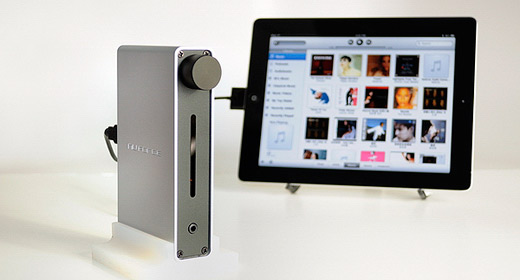



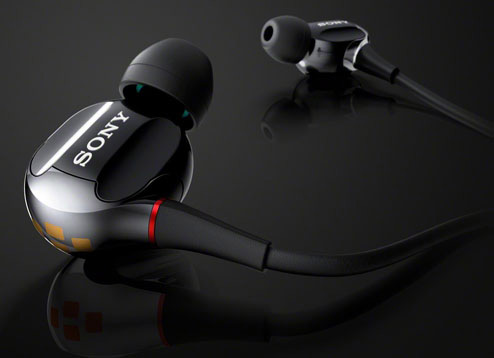
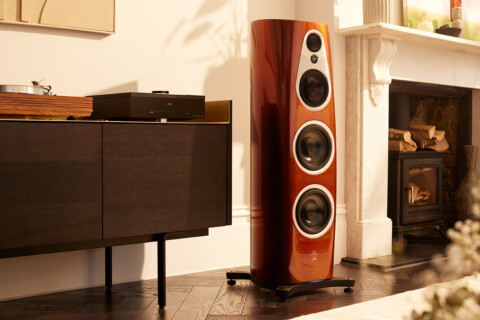
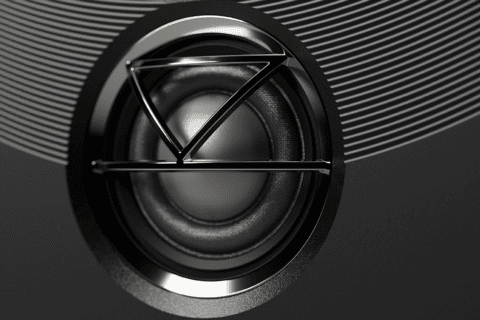
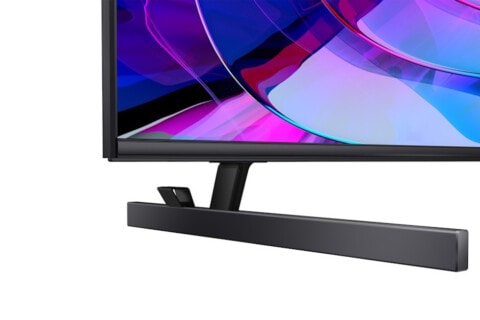
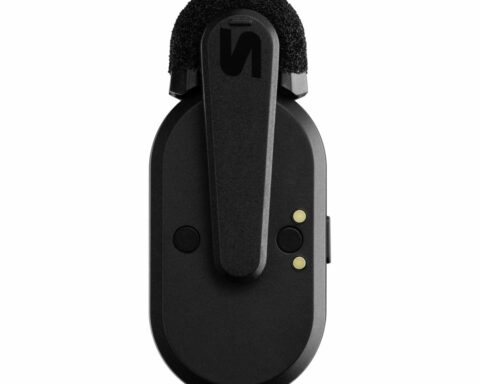
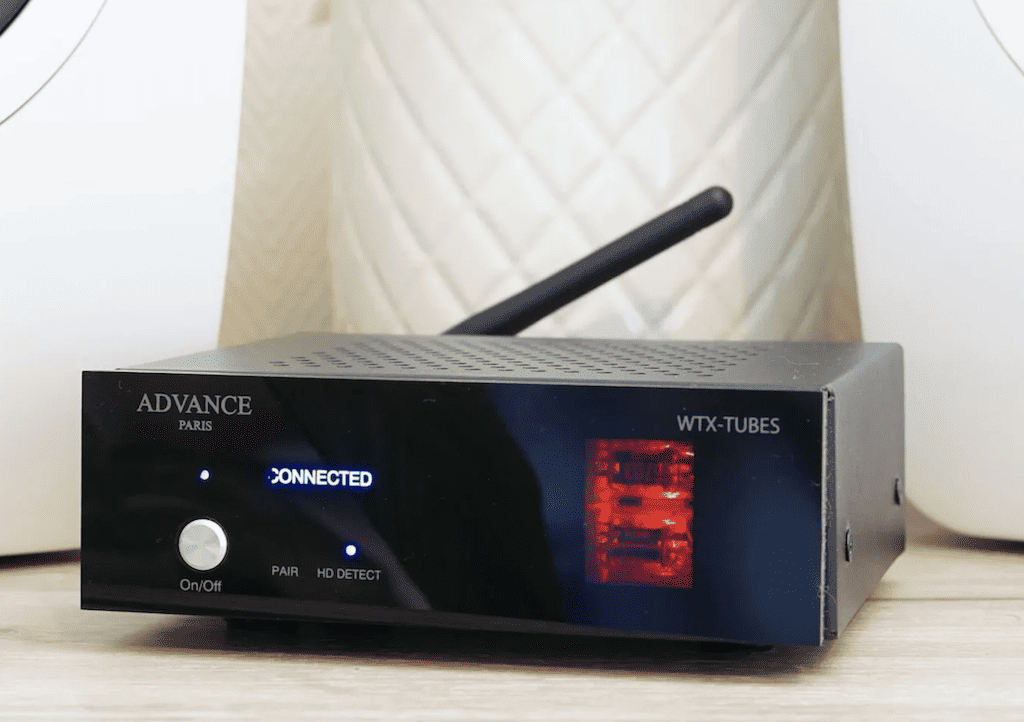

Magnificent website. A lot of helpful info here. I’m sending it to several friends ans additionally sharing in delicious. And naturally, thanks for your effort!
OK, so the iDO is meant solely for iPods and iPads and advertises rates of both 16/44 and 24/48. eg, on the NuForce site it says “*The maximum sample rate currently supported by Apple is 16-bit/44.1kHz or 24-bit/48kHz.”
So which is it? You seem to mention 16/44 a lot, but does it or does it not support 24/48 output from say, an iPad?
And how can one know which rate is being output?
For the price it is sold in New Zealand of $399, I’d want to make sure that I’m getting 24/48 from the unit, or better than CD quality.